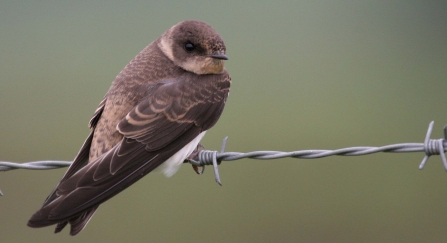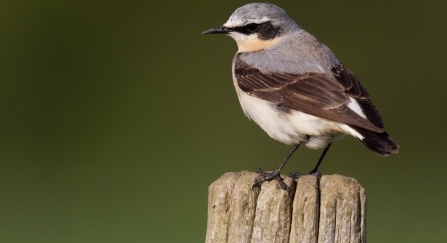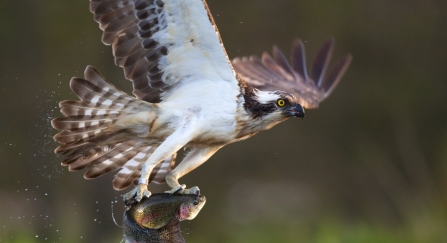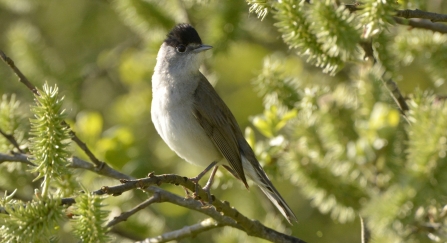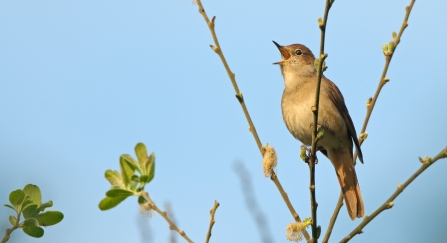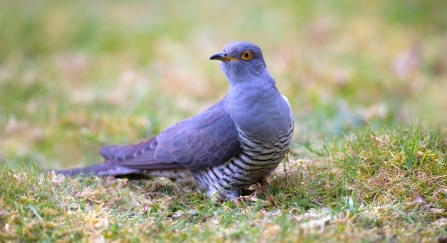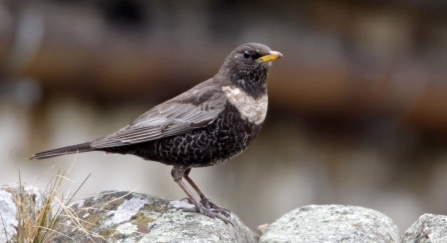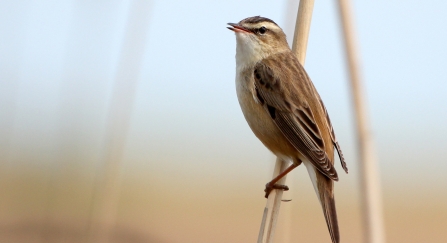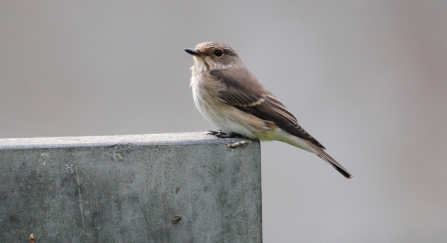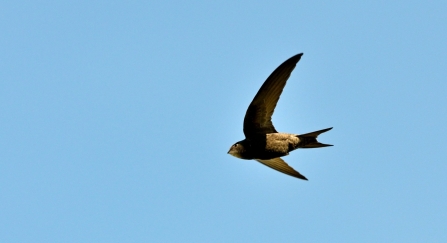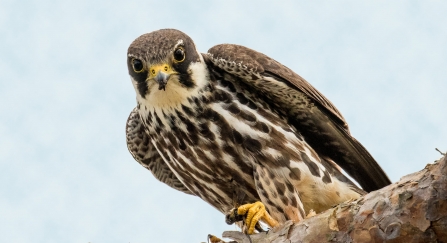Spring is one of the best times of year for bird watching. It’s the time of year where birds are setting up territories, singing away with full gusto, ready to attract a mate and produce the next generation. It’s a time of change also. Our winter visitors - those who haven’t left already, are thinking about heading back to their breeding grounds, whilst a whole other set of species are preparing to descend upon our two counties. They come here to take advantage of the excellent breeding conditions on offer in the UK during summer time. With many millions of birds on the move, inevitably a few take a wrong turn and end up somewhere where they didn’t intend. This vagrancy is what excites birdwatchers the most; the chance of a mega-rare bird appearing on their local patch is what most birders dream of!
Most of our summer migrants originate from southern Europe and west Africa, where they have spent the winter enjoying the warm climates that these places have to offer. Current estimates indicate around 2.1 billion birds migrate in this way every single year (the figure used to be much higher). But why migrate here at all, if those areas are warm and plentiful all year round? For the answers to this question, you must look at climatic and ecological factors. Firstly, the continent of Africa gets extremely hot during the spring and summer – daytime temperatures regularly top 40 degrees centigrade, which for some passerine species, is simply too hot for nestlings to survive. Secondly, the relative abundance of predators and competing species is much higher in Africa (even insects predate chicks), so it is much safer to migrate to Europe, where there are relatively fewer predators, and less species to compete with. The third main reason for birds migrating is food availability. The temperate climate of the UK makes it an ideal breeding ground for trillions of insects. It’s this richness of food that probably draws birds here more than any other, as they can take advantage of the seasonal excess of insects in Europe during spring and summer.
So what species migrate here during the spring? Many of our most well-known bird species are migrant birds; species such as nightingales, swallows, turtle doves and ospreys are interwoven into our culture and are regarded as truly “British”, and yet are only here for half of the year!
So, here is a run-down of some of the most well-known spring migrants that can be found in Leicestershire and Rutland.


